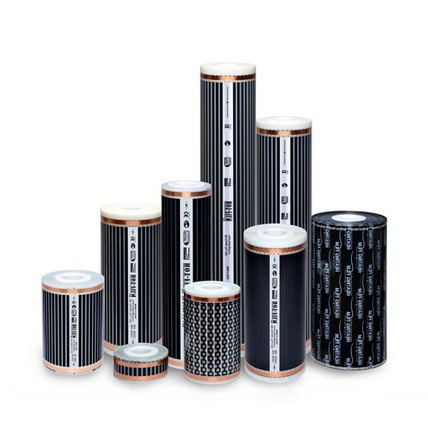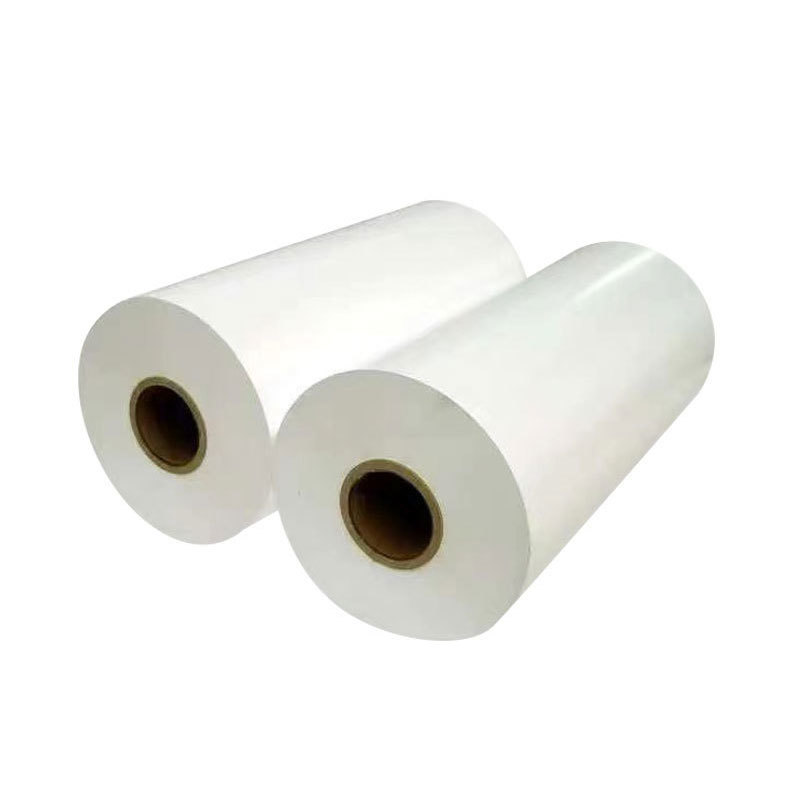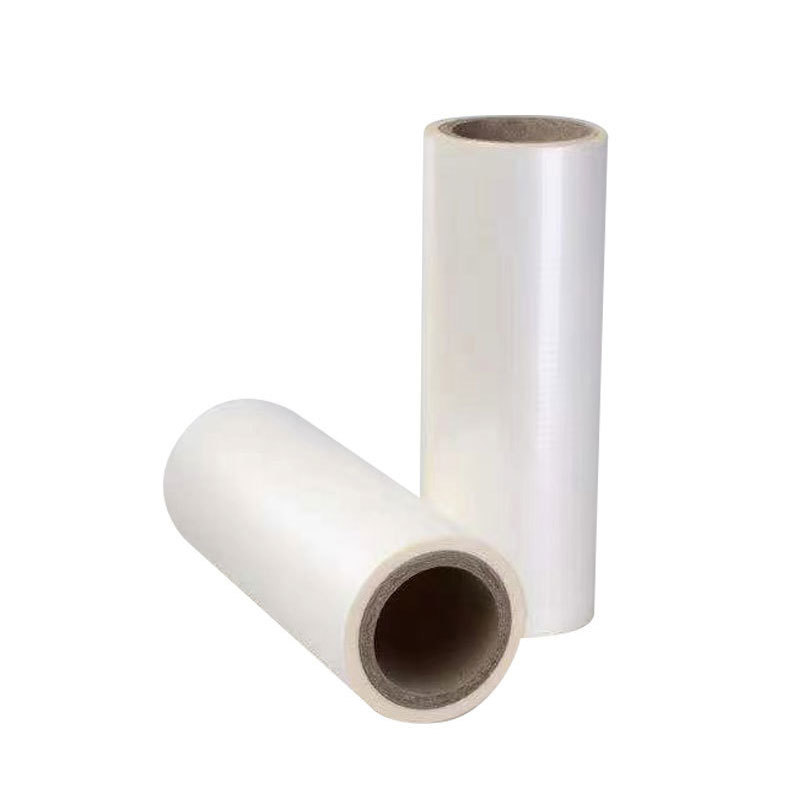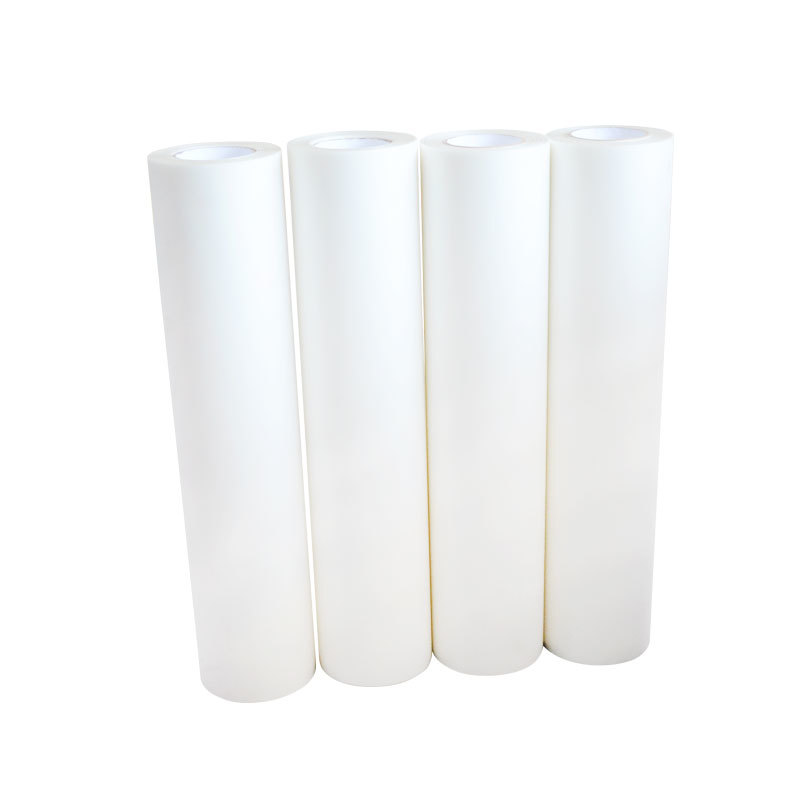
Process flow of aluminized film

2022/07/28
The aluminum plating process of plastic film generally adopts the direct plating method, that is, the aluminum layer is directly plated on the surface of the substrate film. BOPET and BOPA film substrates do not need surface treatment before aluminizing, and can be directly evaporated. For non-polar plastic films such as BOPP, CPP, PE, etc., corona treatment or coating of an adhesive layer is required on the surface of the film before evaporation to make the surface tension reach 38-42 dynes/cm or have good adhesion. . During evaporation, the roll film is placed in a vacuum chamber, and the vacuum chamber is closed to evacuate. Adjust the unwinding speed, rewinding speed, wire feeding speed and evaporation amount, turn on the cooling source, so that the aluminum wire is continuously melted and evaporated on the evaporation boat, so that a bright aluminum layer is formed after the surface of the moving film is cooled. Aluminized film.
The principle of vacuum evaporation
Install the coated film substrate (cylindrical) in a vacuum evaporation machine, and use a vacuum pump to evacuate to make the vacuum degree in the coating reach 1.3 × 10-2 ~ 1.3 × 10-3Pa, and heat the crucible to make high-purity aluminum. The wire is melted and evaporated into gaseous aluminum at a temperature of 1200 ° C to 1400 ° C. The gaseous aluminum particles are deposited on the surface of the moving film substrate, and after cooling and reduction, a continuous and bright metal aluminum layer is formed. By controlling the evaporation of metal aluminum The thickness of the aluminized layer is controlled by the speed, the moving speed of the film substrate and the vacuum degree of the coating chamber. Generally, the thickness of the aluminized layer is 25-500nm, and the width of the aluminized film is 800mm-2000mm.
Qingzhou Hongde Packing Materials CO., Ltd.
Address:
10th Floor,B Tower,Century HUA RUN Building,Weifang,China.
Tel: +86-536-3208332
Fax: +86-536-3202726
Email:fiona@hongdebz.com

Mobile Site
Copyright © 2022 Qingzhou Hongde Packing Materials CO., Ltd.







